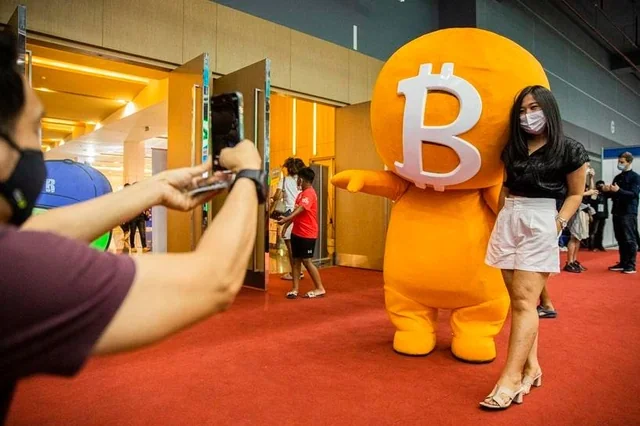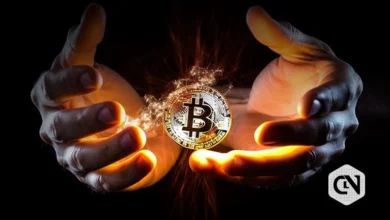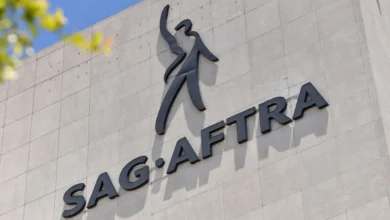Unexpected Bitcoin Halving Winners and Losers, Like Runes, Polygon

Rest assured, “The Halving” is not as daunting as it may seem if it’s just appearing in your media feed. Essentially, it means that the rewards for validating and verifying transactions on the Bitcoin blockchain are cut in half. This event happens roughly every four years and is a deliberate mechanism designed to help BTC counteract inflation by gradually decreasing the pace at which new bitcoins are created.
This halving event is the fourth one. There has been previous halving in 2020, 2016 and 2012. The payout for every BTC block before to this most recent occurrence was 6.25 BTC. Following that, 3.125 BTC will be awarded. In addition to combating inflationary impacts and preserving scarcity, a lot of people predict that the price of BTC will rise as less of it is produced. Miners would be encouraged to keep confirming transactions and make them unchangeable as a result. Alternatively, and rather realistically, miners could suffer and the network as a whole, which has been operating at record speeds lately, would be slowed down by a large decline in BTC price following the halving.
Table of Contents
Future halving is in the horizon. Early in 2028, expect to read about this occurrence once more. The reward will thereafter drop to 1.5625 BTC every block, another halving. This will continue until about 2140, when mathematicians estimate the final Bitcoin will be extracted. That’s because there will never be more BTC than the current 21 million. BTC is intended to be deflationary, in contrast to the US dollar.
“The chief executive of cryptocurrency platform CoinCorner, Danny Scott, told The Independent that most individuals outside of the BTC community are unaware of the halving or the significance of it. Over a medium- to long-term perspective, the halving aids in the price’s natural increase caused by supply and demand, which in turn draws in new customers as the price rises above earlier all-time highs. Therefore, it has a significant indirect influence on market speculation and investor sentiment.
Impact on Industry: Not Just Bitcoin
Since BTC holds a dominant position in the cryptocurrency industry, accounting for over 50% of the total on-chain value, every event affecting BTC typically has an instantaneous and significant ripple impact. BTC’s price is frequently impacted by a series of external events that come together in the end. When that happens, its price does alter, which has a knock-on effect on the market again. A back and forth occurs. A halving differs from a normal price fluctuation since the catalyst is BTC’s design for the very first period in four years.
The halving is expected to have a ripple effect on altcoins, or alternative coins, which are just any cryptocurrencies other than BTC. Beyond just price connection, BTC and altcoins are inextricably linked. Beyond that, the implications are even more profound.
The relationship is largely based on sentiment and confidence. Money goes from altcoins into BTC and vice versa when there is a strong level of confidence in Bitcoin. The market as a whole can gain from new investor inflows when people are hoarding BTC, as we have seen with the recent frenzy surrounding the Spot BTC ETF.

Many Layers 1 as well as Layer 2 blockchains attempt, by design, to prevent their native tokens from being tied to BTC because they are fed up with the market value & sentiment relationship that exists with it. With unique smart contract designs and permissionless methods for facilitating ownership and transaction settlement, these projects have taken a distinct approach when building their blockchain networks and protocols. Still, the halving will most likely affect them in spite of their best attempts.
Runes may have further effects beyond BTC, or perhaps more precisely, above BTC. In an attempt to compete with BRC-20, Runes, an alternative fungible token standard, was introduced by the person behind the BTC Ordinals protocol (basically, NFTs on the platform). For their efforts, Runes DEX recently secured a $2 million startup investment.
“Runes is a revolutionary development in the Bitcoin ecosystem. Within the cryptocurrency space, their sophisticated design and flawless operation open up a new era of digital goods. As Bitcoin pushes the bounds of innovation, Runes serves as a tribute to its eternal heritage,” according to one quotation from Jonathan Junger’s Linkedin blog post.
The Runes launch, which is scheduled to correspond with the Halving, is one well-timed initiative that I believe many will be keeping a careful eye on. As Bitcoin mining benefits are reduced, people will shift their attention elsewhere. Runes are similar to standard tokens; however, they are simpler to create and use if Ordinals are NFTs. Could they spark a trend of meme coins backed by Bitcoin? Maybe.
The creator of Ordinals and Runes, Casey Rodarmor, stated on X that tokens, NFTs, as well as AMMs comprise the value argument of cryptocurrency. Soon, runes—a superior token standard—will be added to Bitcoin, along with inscriptions—a superior NFTNFT 0.0% standard. It will soon have something better than AMMs as well.
L1s and L2s: Damage to Collateral
Blockchain technology’s fundamental infrastructure is comprised of Layer 1 blockchains. The largest is Bitcoin, which is followed by Ripple, BNBBNB, EthereumETH, and SolanaSOL. Blockchains at Layer 2 are layered over L1s. Generally speaking, they serve as a clever method of reducing capacity on the first layer of the blockchain by rerouting transactions in order to conserve energy, money, and time. Among the major L2s are the Lightning Network, which is based on Bitcoin, PolygonMATIC 0.0%, which is based on Ethereum, and DymensionDYM 0.0%, which is based on Cosmos.
Even if L2s support L1s, they are now viewed as rivals or foes. The values of Layer 1s (security and decentralization) are not the same as those of Layer 2s (scalability and cost-effectiveness). Subsequently, layer 3s advance the situation by constructing specialized bridges over Layer 2 to enhance decentralized applications’ efficiency and customization. This is also the area that is perhaps most likely to produce the game-changing innovations, as most of the most exciting innovation is currently occurring here. But there’s an existential risk associated with the halving.
Should the Bitcoin price plummet as a result of the halving, the majority of the other L1s would become unstable due to negative price movements and selling pressure, which would erode their treasuries and impact ecosystem investment. There will be a decrease in network activity, which will quiet the L2s and restrict their ability to profit from transaction fees and treasuries. Theoretically, the L3s would be left with little engagement, money, or interest during the L1 as well as the L2 slump.
On the other hand, money will probably leave L1s, L2s, as well as L3s in favor of the rising BTC if the most recent halving of Bitcoin sparks a new bull run and price increase. All the same, this is a far superior outcome for the sector, as hundreds of millions of dollars will be injected, and when Bitcoin stabilizes or investors cash in, the money will return to L1s, L2s, as well as L2s, where so much amazing innovation may happen.

The Bitcoin Halving Is a Critical Event
The halving of Bitcoin is a momentous occasion and a turning point in the cryptocurrency’s history; the fallout will demonstrate how resilient the industry is overall. As of right now, cryptocurrencies and their corresponding blockchains account for around half of the market capitalization, but they also account for far more than half of the brilliant ideas, ground-breaking innovations, and skilled labor force.
Regardless of the outcome of the halving of Bitcoin’s price, I hope to see more development of new user-friendly layers on top of L1s and L2s as well as cooperation and interoperability. It’s crucial that cryptocurrencies develop further and become independent of Bitcoin’s value. It can accomplish it most effectively by carrying on with problem-solving, community development, and sustainable building. However, I believe that L2s and L3s will consolidate, which may not be a terrible thing since it will free up their skills to work on more feasible projects.
Top Searches:
Will the Price of Bitcoin Increase Again?
TSMC Q1 profits increase by 9% and profit expectations on strong AI chip demand.
What is next move of Bitcoin? Boom Or bust?
Authors sue Nvidia over AI use of copyrighted works.
With Big Tech rushing to comply with EU regulations, investigations are anticipated.
Bitcoin surges past $64,000, setting new records.




One Comment